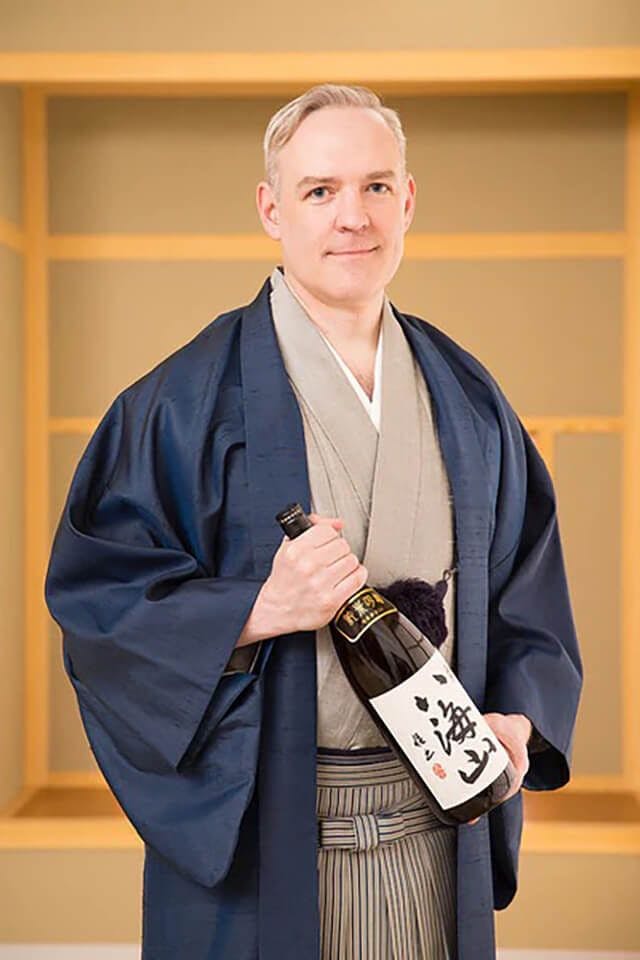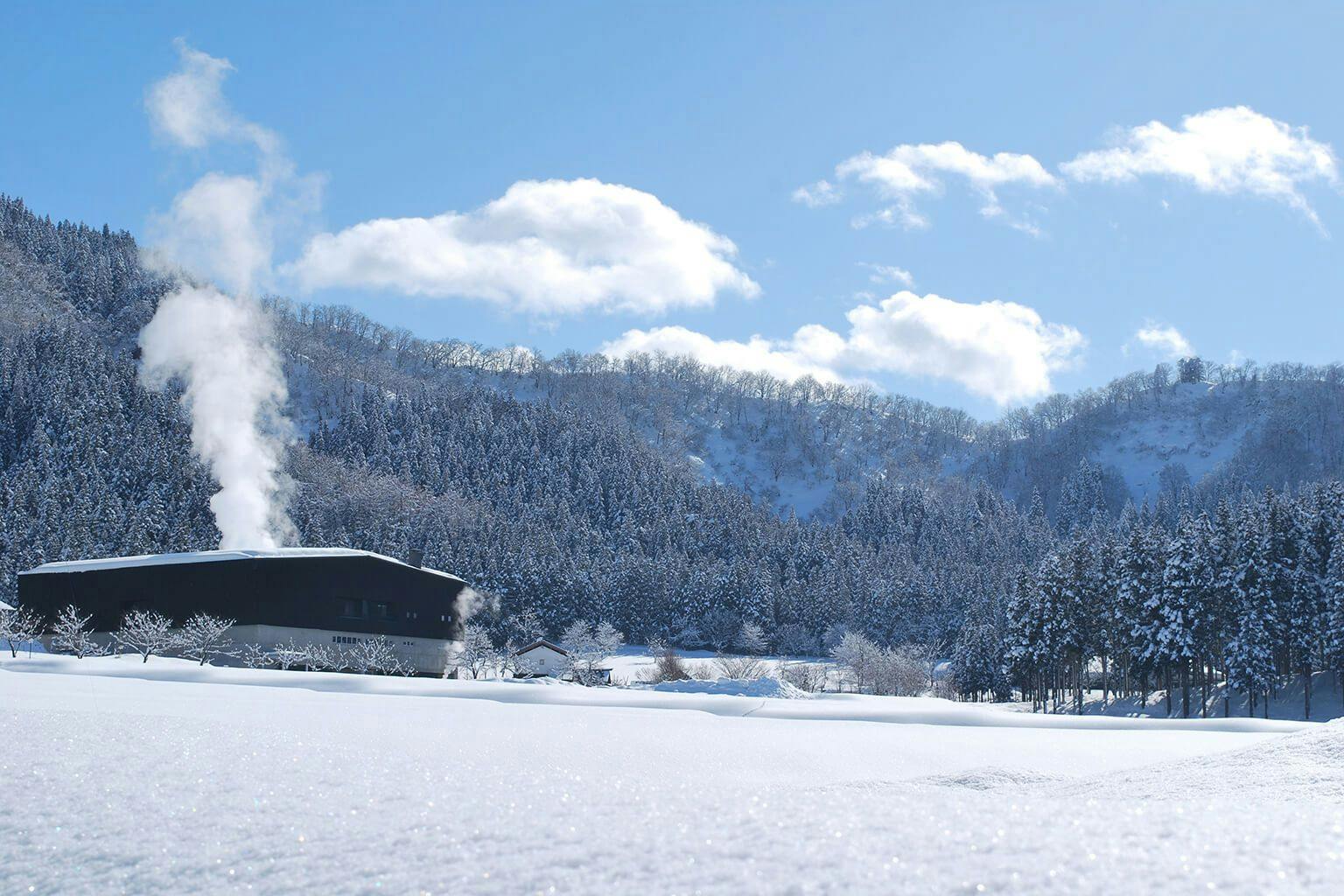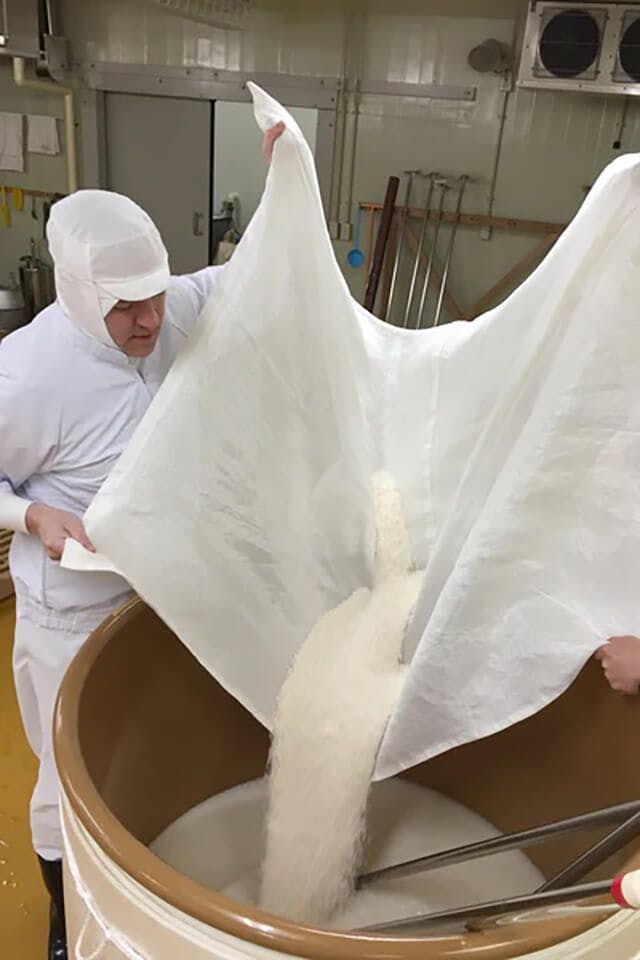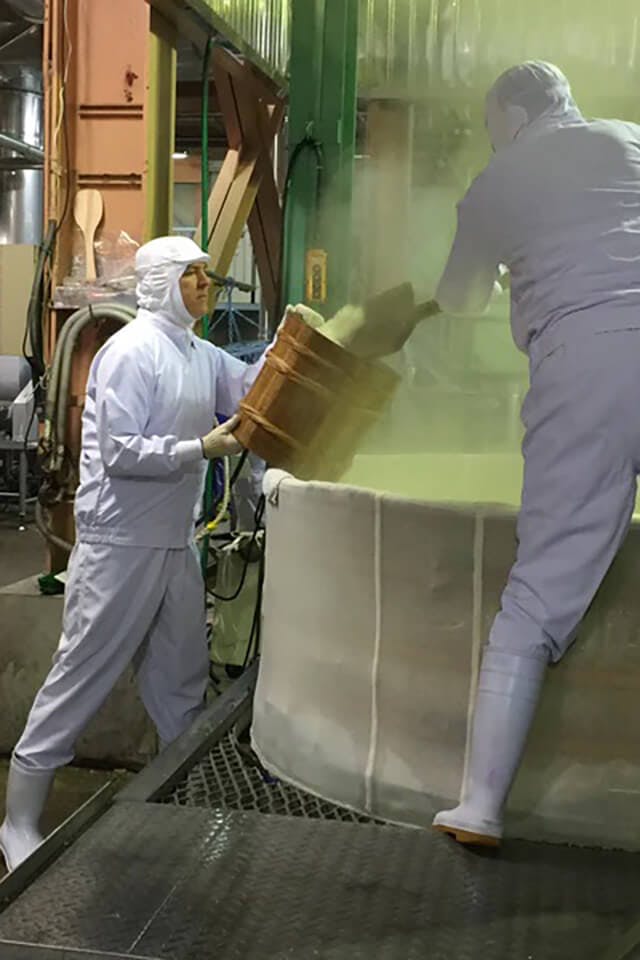Spotlight continued: Tippsy Interviews Timothy Sullivan (Part 2)
Table of Contents
Last week, we shared Part 1 of our interview with sake educator, sommelier, and Hakkaisan's Global Brand Ambassador Timothy Sullivan. Timothy is deeply ingrained in the sake world and we’re thrilled to kick-off our Spotlight Series with him and feature the Hakkaisan brand in our January sake subscription box.
In Part 2, we learn more about Timothy's experiences with Hakkaisan, and he introduces us to two American cities where sake is becoming more popular and shares his insight on the growing sake industry in the United States.
LOUIE ANNE: How did you become Global Brand Ambassador for Hakkaisan? Did you seek it out specifically, or did it just happen along the way as a result of your “misadventures” and journey into sake?
TIMOTHY: This is 100% true. In 2005, the first sake I ever had was Hakkaisan Junmai Ginjo at a sushi bar in New York. I loved it, and started my website soon after that. I didn’t go from that one tasting to becoming their ambassador--it was a long evolution--but it was one of the very first brands that I remembered and would look for when I went out for dinner.
LOUIE ANNE: Oh yes, I recently had a similar experience. We both wanted sake with our yakitori, but I wasn’t sure what to get as I’m just beginning to learn about sake. I had heard that Hakkaisan was a good brand so I chose that for us. We loved it!
TIMOTHY: Good! In 2008, just by chance, I met the sales rep of Hakkaisan at Sakagura. As I was ordering my usual Hakkaisan, the server said to me, “Oh, did you know that the sales rep from Japan is here tonight?” [The sales rep] knew that I was running this website and that Hakkaisan was one of my favorites, and she invited me to visit the brewery, which I did later that year. I got a tour and had lunch with the president. It was lovely. A few years later, they asked me to write a blog post for them in English, then a few more jobs for them, then a speaking engagement; so it evolved over time but it really started with my love of Hakkaisan at the very beginning.
LOUIE ANNE: Wow! How wonderful to receive an invitation! And just the year before, you were recognized as a Sake Samurai for your work on learning about sake, and really being able to share your passion and knowledge for sake and Japanese culture with a wide audience.
TIMOTHY: Right. At that point, I had been blogging for three years, became a Sake Samurai, and already visited a few breweries. I was thrilled and very happy to go there. I think that breweries want to connect with people in the industry who are really focused and passionate about sake.

In 2007, Timothy was recognized as Sake Samurai by the Japan Sake Brewers Association Junior Council | Photo by Timothy Sullivan
LOUIE ANNE: One of Hakkaisan’s products is Yukimuro sake, which comes in a beautiful, pure white bottle representing snow. Can you tell us more about the snow room and how this particular brew is made?
TIMOTHY: Sure! The Yukimuro, or the snow cellar or snow room, was built around 2013. There’s a big insulated room with very thick, insulated walls, and there’s a giant door that’s like a garage door that rolls up. They take snow from outside using special snow blowers that shoots snow straight ahead, and they blow the snow in, right up to the ceiling and fill the room with snow.
LOUIE ANNE: The snow blowers must be massive! Definitely not the hand-held kind.
TIMOTHY: No, it’s like a tractor. They end up moving about a thousand tons of snow. People ask where it comes from, if it comes from a special place; no, the snow is very deep so whatever fell right outside the door is blown in. The tanks sit side-by-side with the snow. They close the garage door and keep the temperature at 3 degrees Celsius year-round. It’s very well-insulated.

Niigata Prefecture, blanketed in winter snow, is home to Hakkaisan Brewery and most sake breweries in Japan | Courtesy of Hakkaisan Brewery Company
LOUIE ANNE: And this was built specifically for Yukimuro sake?
TIMOTHY: Yes, this facility was purpose-built for aging this sake for three years.
LOUIE ANNE: So much science goes behind sake making. Science, and art, and “feeling.” What is the culture like within the brewery? I’ve read that it’s quite rigorous work. Do brewers still live apart from their families?
TIMOTHY: No, the majority of breweries don’t have that old-fashioned system anymore. At Hakkaisan, people are assigned different shifts and it’s very rigorous, hard work. Sometimes you have to work overnight, but people drive home at the end of the shift, and you’re not away from your family for six months at a time.

Photo by Timothy Sullivan

Timothy worked as a brewer at Hakkaisan for one year and is currently Global Brand Ambassador, helping to open markets and food scenes around the world to Japanese sake | Photo by Timothy Sullivan
LOUIE ANNE: What’s something that has surprised you on your brewery visits?
TIMOTHY: One thing that surprised me is that every brewery has many things that are the same-there are common aspects and requirements to make sake-but every brewery has their own way of doing things. Their scale of production, their methods and goals. Visiting breweries for me is never boring! I can do it everyday of the year and find it exciting because I’m always looking for that unique characteristic for every different brewery I visit.
LOUIE ANNE: Are there any up-and-coming places in the United States for sake?
TIMOTHY: Of course, there’s the regular big markets, but there’s other places that are coming up that really surprised me. One of them that I visited recently is Austin, Texas. It’s a great food town. We recently started distributing Hakkaisan in Texas, and I did some events and pairing dinners. That was really surprising to see how the sake scene was evolving there. I really loved visiting Austin. Another place is Denver, Colorado.
LOUIE ANNE: In the mountains!
TIMOTHY: Yes! Again, there’s more and more of these Japanese restaurants opening up-izakaya and sushi restaurants-and consumers are looking for sake when they go out for that type of experience. It’s a great chance to bring sake to a new level of market, not just the biggest, most metropolitan market.
LOUIE ANNE: What are some of the factors that prevent sake from becoming more popular?
TIMOTHY: I think one of the biggest challenges is price. All premium sake is exported from halfway around the world, from a country the size of California. It’s heavy, in glass bottles, and it goes from the producer in Japan, to exporter, then to a U.S. importer, then the distributor. Sometimes it goes through three or four hands before it gets to the restaurant or consumer, so every time there’s a new layer of distribution, that adds to the cost.
If you buy a bottle of Hakkaisan in New York, chances are it’s a little less expensive than if you were to go to [a smaller market like] Denver or Austin. I think one of the challenges that sake faces is that it’s a little more expensive than wine or beer, and it turns some people off, those who are more budget-conscious. From my point of view, that’s the biggest challenge.
LOUIE ANNE: There’s literature out there about sake’s decreasing popularity in Japan. Are breweries alarmed by this at all? Do you see any adaptations or changes in the way sake is produced or packaged as a response?
TIMOTHY: I think it’s a little bit of a myth that the popularity of sake is decreasing. Japan only exports about 4% of its sake production, the rest is consumed in Japan. What I think is happening is that there’s a shift in Japan from big volume sales of mass-produced, cheap sake to lower volume sales of expensive, premium sake. The contraction to the market is that low-end stuff is becoming less popular. Even in Japan, the sale of premium sake is growing.
LOUIE ANNE: Very interesting!
TIMOTHY: I don’t think that it’s all doom-and-gloom. There’s a lot of articles out there that are saying that ‘Japanese aren’t drinking sake anymore’. It’s true that it’s a tough environment; it’s not the most popular drink in Japan but it’s important to note where the market loss is happening. I think brewers in Japan recognize that the export market is a chance for continued growth. A lot of smart companies are putting effort to expanding their market overseas.
LOUIE ANNE: What stands out in your mind as the main reason for that shift?
TIMOTHY: There’s a demographic shift in Japan: the generation that grew up drinking the mass-market table sake, without other options, is giving way to a younger generation that has more international exposure to other beverages, and the standard for quality has gone up.
LOUIE ANNE: What are your thoughts on the new brewery, Brooklyn Kura? What do you think about Americans adapting the art of making Nihonshu-Japanese sake- and making it our own in some ways?
TIMOTHY: I think it’s absolutely wonderful. It has to happen! Even in the early 20th Century, the wine-making tradition of the U.S. wasn’t respected around the world. And now, some of the best wines are made in the U.S. In order for wine to gain popularity here, we needed domestic production. So I’m a very firm believer and supporter of sake production anywhere around the world because I think that will help the industry everywhere.
LOUIE ANNE: Okay, one more question: What new projects or collaborations are on the horizon for you that you’re very excited about?
TIMOTHY: I’ll just say that I’m very excited about lots of new projects. There’s no boring future for sake in the U.S. There’s lots of exciting opportunities.
LOUIE ANNE: Sounds good. I’ll take that!
TIMOTHY: I think what Tippsy Sake is doing is really great--making sake available to the widest number of people. It’s a great selection, a great opportunity for people to get access to sake. I’m very supportive and I think it’s integral to creating a more robust sake industry.
LOUIE ANNE: Thank you so much, Timothy. If you’re ever in the South, please let me know. Maybe you could help us open up the Southeast a bit? We need more Japanese sake!
This interview article was shortened and edited for clarity.

Louie Anne Batac-Nguyen
Louie Anne lived and worked in beautiful Okinawa, Japan for 10 years, and brings with her a deep appreciation for Japanese culture. As a cultural writer and editor, she seeks to share her experiences and bridge connections with fellow travelers and dining enthusiasts.
Learn about Tippsy’s Editorial process
Recent posts
All about sake
Sign up to receive special offers and sake inspiration!
.jpg&w=1920&q=75)







